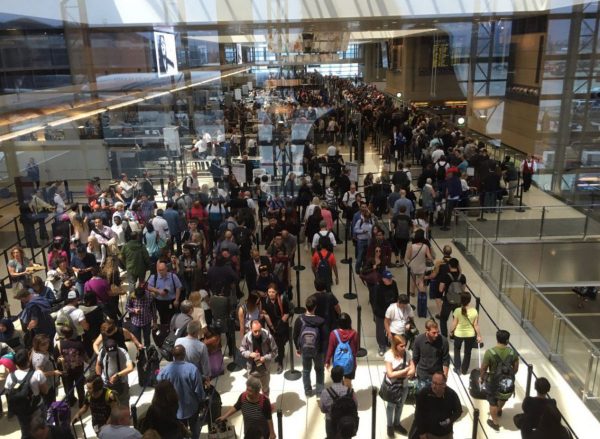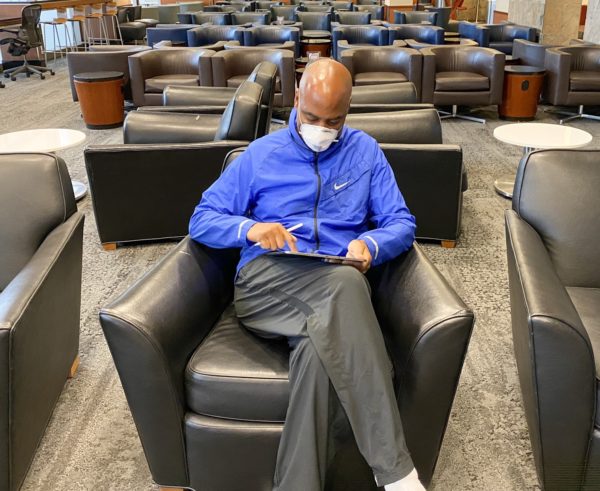No products in the cart.
TSA Introduces ‘More Rigorous’ Pat-Down Procedure
From cntraveler.com
And you’ll probably notice.
Airport security just got a bit more…intimate. Previously, Transportation Security Administration agents at U.S. airports had the option of using five different types of physical pat-downs at the screening line, depending on an officer’s risk assessment, reports Bloomberg. And while we can’t tell you what those particular moves were—they’re kept pretty tightly under wraps for security reasons—it doesn’t matter much, anyway: Those options have since been replaced with one universal approach, enacted in all airports across the country.
Last week, one airport, Denver International, notified employees and flight crews that the “more rigorous” searches will be “more thorough and may involve an officer making more intimate contact than before.” The agency hasn’t specified much about the new pat-down procedure, but has said agents of the same gender as the passenger are performing the search, and it doesn’t involve additional areas of the body—according to NBC, some TSA agents also warned passengers that the physical search “would involve a more intense horizontal and vertical pat-down.” A TSA official told Condé Nast Traveler that all of its officers received “formal, instructor-led, classroom training” on the universal pat-down, or UPD, and that officers are required to “demonstrate proficiency in performing the procedure before being permitted to perform the pat-down at TSA security checkpoints.”
The agency seems to expect that some passengers may consider the UPD a violation, however: Bloomberg News reports that “the TSA decided to inform local police in case anyone calls to report an ‘abnormal’ federal frisking.” TSA spokesman Bruce Anderson said on Friday that the new standard of screening was gradually rolled out across the country after tests at smaller airports; airport employees, airline pilots, and flight attendants will also be given the new pat-down when screened.
In part, the sweeping change is in response to criticism of TSA screening procedures, which in 2015 failed to detect explosives and handguns in 67 out of 70 tests at airports across the country. After a Department of Homeland Security report detailed the findings, the TSA also scaled back (slightly) its “managed inclusion” program, in which travelers who weren’t part of pre-screening programs like TSA PreCheck were allowed in those fast-pass lanes to speed up security lines at peak times.
The TSA screens more than two million travelers each day, it says. Passengers who decline to move through the full-body scanners used for screening are automatically subject to physical pat-downs, and can request that the physical search be conducted in public view. (Legally, passengers can also request a private area for the pat-down, with the company of a witness.) Some good news? Though passengers will no doubt notice the changes, the “new” pat-down procedure is not expected to slow down the security line.

